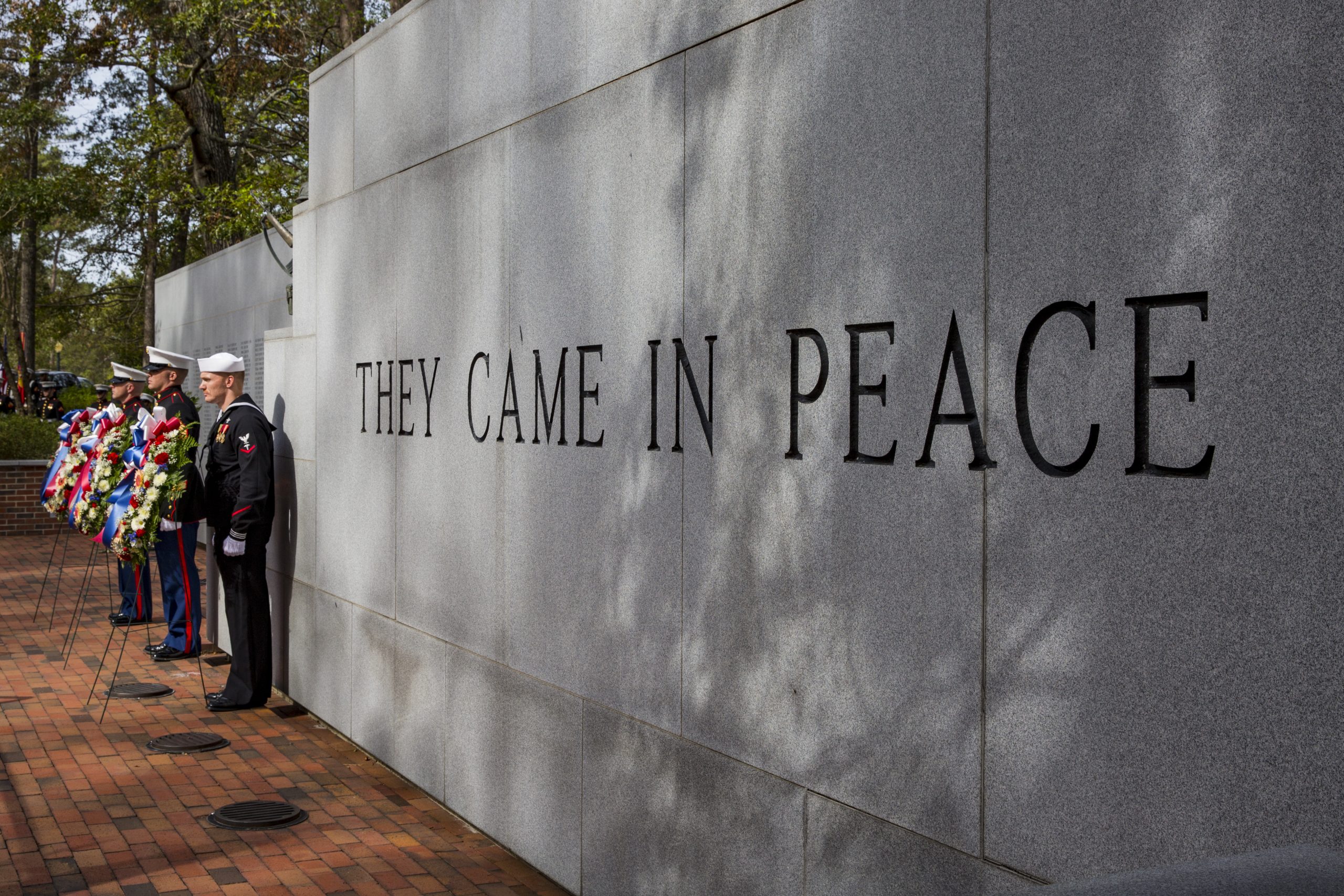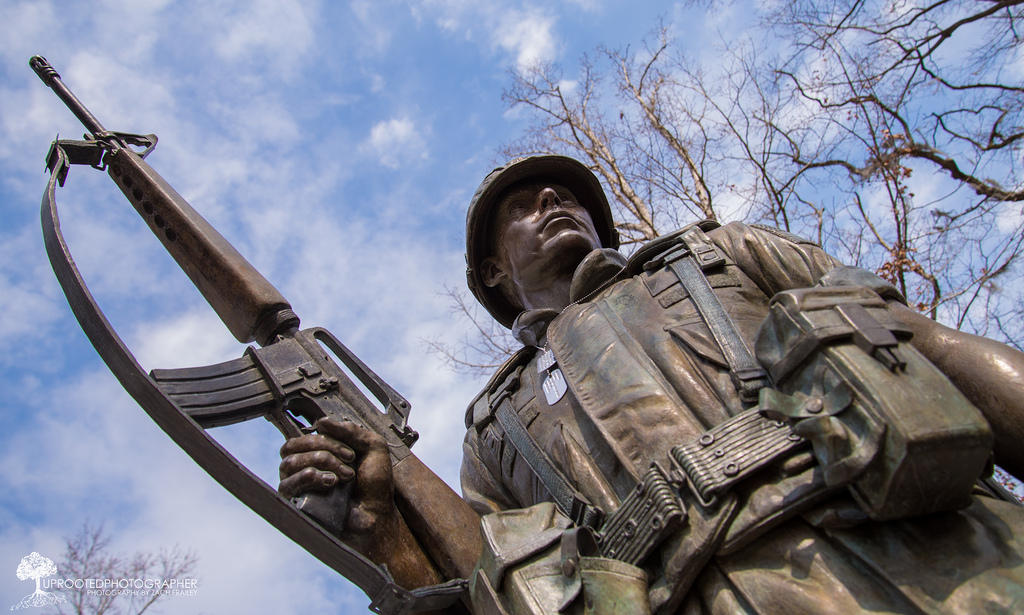The Beirut Conflict
1983 Beirut barracks bombings, terrorist bombing attacks against U.S. and French armed forces in Beirut on October 23, 1983, that claimed 299 lives. The attacks, which took place amid the sectarian conflict of the extremely damaging Lebanese civil war (1975–90), hastened the removal of the international peacekeeping force from Lebanon in February 1984.

The multinational peacekeeping force, composed of troops from the United States, France, and Italy, arrived in Lebanon in August 1982 as part of a cease-fire agreement signed by Israel and the Palestine Liberation Organization (PLO). The troops were to oversee the safe and peaceful withdrawal of Yasser Arafat and the PLO from positions within Beirut and ensure the safety of the Palestinian civilians that remained behind. The withdrawal of the PLO was accomplished by early September, and the bulk of the multinational force soon withdrew to ships in the eastern Mediterranean Sea. However, the assassination on September 14, 1982, of Lebanese president-elect Bashir Gemayel—the Phalangist leader of the Lebanese Forces, a unified Christian militia—sparked a wave of violence. Christian militiamen retaliated for Gemayel’s death by killing hundreds of Palestinians (estimates range from several hundred to several thousand) at the Ṣabrā and Shātīlā refugee camps. In the wake of the killings, troops were swiftly returned to Lebanon.
The situation seemed to have stabilized by early 1983, and a small group of British peacekeepers joined the existing force in February of that year. On April 18, 1983, the illusion of calm was broken when a car bomb destroyed the U.S. embassy in West Beirut, killing dozens of American foreign service workers and Lebanese civilians. Although the notion of using a car or truck to deliver explosives to a target was not a new one—the Irish Republican Army made extensive use of the technique throughout the “Long War”—the suicide bombing of the U.S. embassy represented a sea change in tactics for militia groups and terrorist organizations in the Middle East.
Israel and Lebanon signed a formal peace agreement the following month that called for the withdrawal of Israeli troops, contingent upon Syria’s withdrawal. Syria opposed the agreement, however, and refused to retreat. In July Israeli troops began a unilateral withdrawal from positions within Lebanon that they had held since June 1982. Fighting between competing militias escalated in the wake of the Israeli withdrawal, and violence against the multinational force increased, with U.S. Marine positions routinely coming under small arms and mortar fire. Circumstances took a crucial turn, however, when U.S. gunships in the Mediterranean shelled Syrian-backed Druze militias in support of the Christian government; the perceived role of the multinational force thus shifted from that of unaligned peacekeepers to active support of a particular faction in the Lebanese civil war.
This was the backdrop when on the morning of October 23, 1983, a dump truck packed with an estimated 12,000 pounds (5,400 kg) of explosives crashed through the front gates of the U.S. Marine barracks in Beirut. The detonation ripped the four-story building from its foundation, and the barracks imploded in a matter of seconds. The 241 marines and sailors killed in the explosion represented the largest loss of life in a single day for the Marine Corps since the Battle of Iwo Jima in 1945. Within moments of the attack, a second suicide bomber drove into the barracks of a French paratrooper detachment in West Beirut. The explosion toppled the building, and 58 soldiers inside were killed. Within four months, elements of the multinational force began to withdraw to ships offshore, and on February 26, 1984, the last U.S. Marines left Beirut.
Encyclopedia Britannica, 10/16/2022


